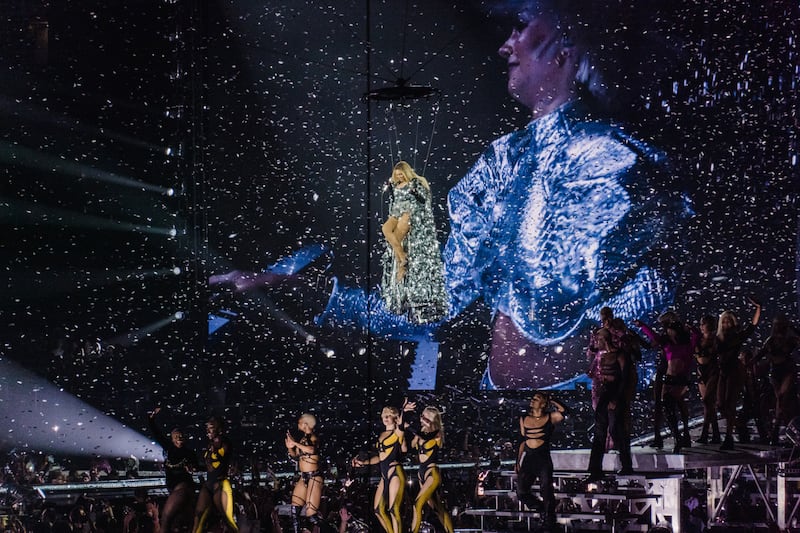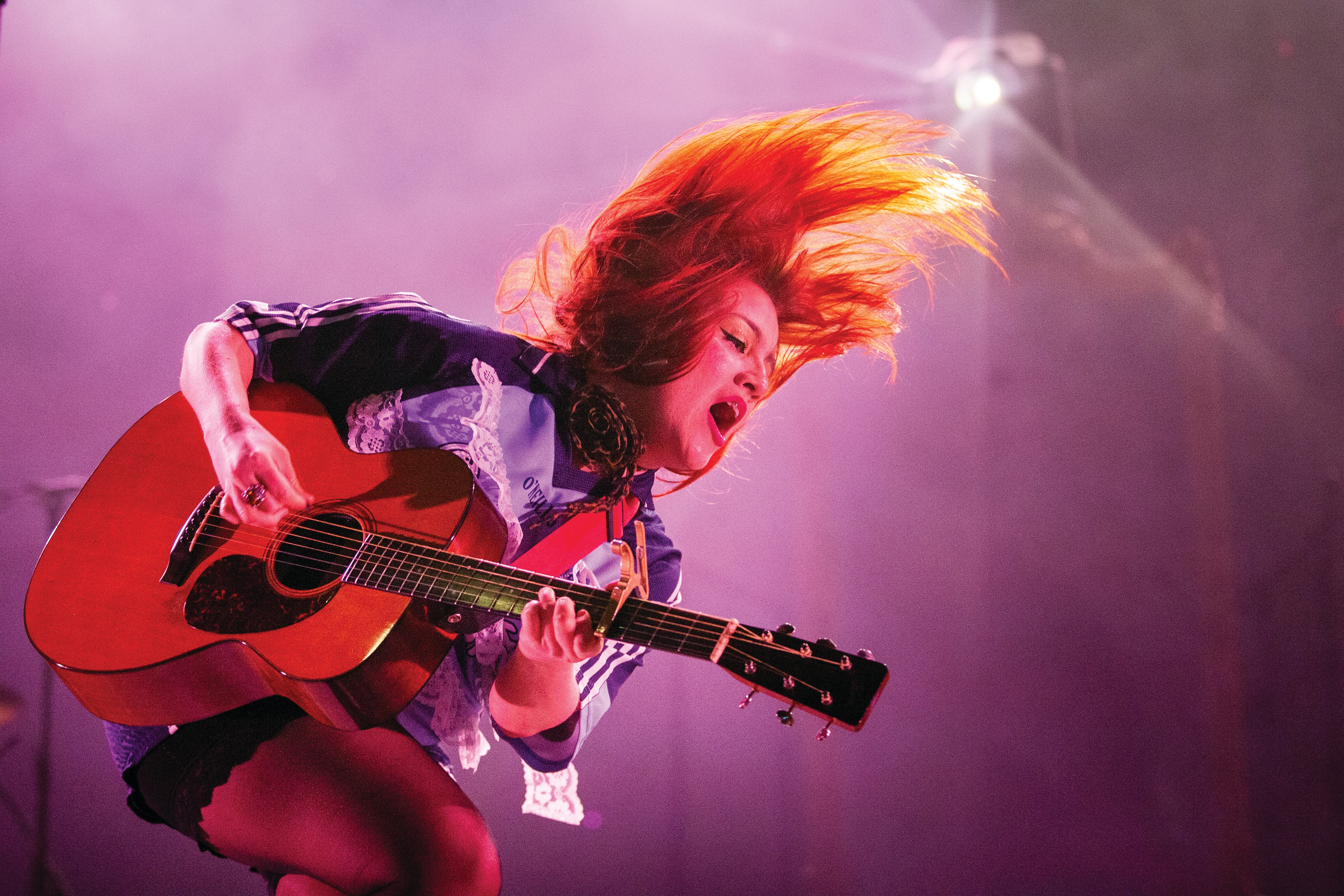This is the summer when pop culture changed, and when “being there” became important again, with certain cultural moments sucking up audiences, while other live events that failed to tap into that desire floundered. What’s happening?
A recent New York Times article by Jeanna Smialek and Jordyn Holman dug into the economics of Beyoncé and Taylor Swift’s Renaissance and Eras tours. To give people an idea of how gigantic these tours are, Eras is expected to generate about $4.6 billion in economic activity in North America alone, “roughly on par with the revenues the Beijing Olympics generated in 2008, after adjusting for inflation”.
In Sweden, Beyoncé's tour fuelled inflation. In Dublin, Swift’s 2024 shows generated controversy around hotel surge-pricing. In smaller cities in the US where both artists play, tourism spend is up as fans secure tickets and accommodation in places where the competition for tickets isn’t as extreme.
One line in that article really struck me. When mentioning Beyoncé had not (as yet) released a visual album to accompany Renaissance – something she did with her 2013 self-titled album and 2016′s Lemonade – a fan responded, “We are the visual”. This remark speaks to an understanding that the audience has found itself as a collective point of spectacle, engaging with itself as much as the artist at the event.
READ MORE

Beyoncé, the most astute artist since Madonna at tapping into cultural references and desires, has since asked fans to wear their “most fabulous silver fashions” to the Virgo season run of Renaissance shows over the next month. “We’ll surround ourselves in a shimmering human disco ball each night. Everybody mirroring each other’s joy, Virgo season together in the House of Chrome.” This reference to chrome evokes Lady Gaga’s Chromatica Ball stadium tour, as Gaga’s fans famously dress up for her gigs too. Beyoncé's call will of course yield a response, further elevating the collective experience – a literal mirroring. Attending becomes not just observing the artist, but an act of participation.
This sense of connection among audiences has also been spoken about in relation to Swift’s Eras tour and Harry Styles’ concerts. It feels as though people want to be part of the cultural buzz around an event as much as they want to go to it. For programmers, this raises both an opportunity and a challenge. Audiences are being driven by, and participating in, the ancillary accoutrements that go along with attending a specific show or festival – and then broadcasting that participation on their social media channels, one big digital murmuration coalescing in real life.
Digital isolation is instigating the sort of collective desire in people to be with each other in a tribal manner
Promoters may ask themselves: does my event have a social and cultural cachet beyond its mere existence? Does it create a buzz that compels people to attend? Do its branding, messaging, line-up and vibe generate a sense of social contagion that will pull in more attendees and re-inforce community within its potential fanbase?
This phenomenon is much like driving voter turnout, in the sense that what is important is not just support, it’s the sentiment of that fandom in terms of passion. The question becomes how, in a saturated market, an occasion can be framed to ensure people will be desperate to go to something – so desperate, that it’s not just the ticket they buy, but the themed manicure they get, the outfits they plan, the peers they rope in, and the free advertising they generate through their own social media channels. In a cost-of-living crisis, can you sell “a moment”?
[ Taylor Swift, Coldplay and the spread of superstar economicsOpens in new window ]
We also see this cultural trend in the Barbie film phenomenon. Audiences rushing to cinemas was not just about the quality of the film, nor the cultural significance of Barbie, a figure which has long had its day, but speaks to another key driver of cultural relevance in 2023: nostalgia. It was about people being part of a cultural moment. The discordant, borderline offensive meme of it being packaged with Oppenheimer (neon pink mushroom clouds, anyone?) added another layer, something that also taps into a knowing irony among audiences.
There was a gallows humour in attempting to carve out moments of frivolity alongside the spectre of global catastrophe. At a time of existential stress and dread across social, political and environmental contexts, joy, happiness, fun, surrealism and escape are desirable.
As people increasingly exist and communicate online, and the maintenance of their identity is rooted in the digital, the stuff “around” an event matters as much as the thing itself. This is partly because the experience of being there has warped. “It looked great” people will say about an event they didn’t attend, making an assessment on what they “experienced” through their Instagram stories. Do people really feel they need to go to something if they can catch the vibe by proxy online as it’s happening? If not, then what else will compel them?
No doubt digital isolation combined with audiences reacting to the isolation of pandemic lockdowns is instigating the sort of collective desire in people to be with each other in a tribal manner and to connect collectively. This is not just about pop culture moments, of course, it’s also about protest movements, and new political tribalism. At a time when everything is on screens, sometimes, you just have to be there.

















